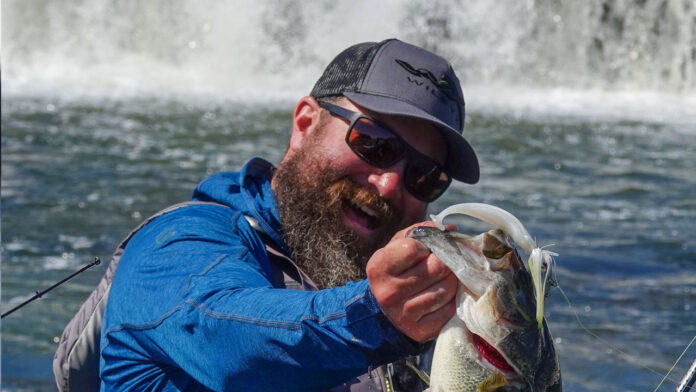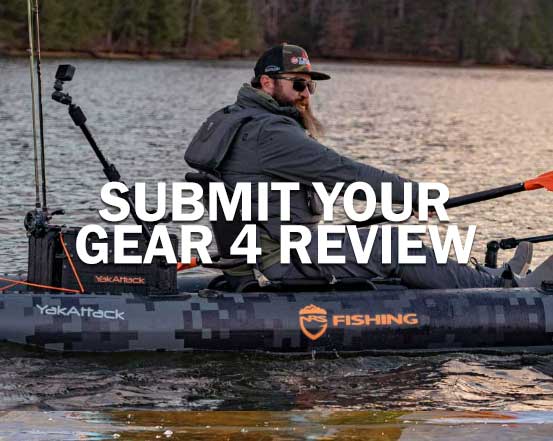What are your fishing essentials? Most would say rods, reels, tackle, etc. I would like to add a comfortable pair of polarized sunglasses to the mix. Yes, I can fish without them, but forgetting my glasses is not something I care to do. This is why I typically keep spare pairs on the boat and in my truck. Having them can be the difference in an enjoyable day and leaving the water with a terrible headache. On those days where you intend on sight fishing, it can literally be the difference in having success or not. So what are the best sunglasses for fishing?
When it comes to selecting the perfect pair, there are tons of options to choose the best sunglasses for fishing. In this article I would like to touch on a few things that can help you make the right decision.

Polarized is Key
First off, they need to be polarized. Polarized lenses will help cut the glare are a must. Not all polarized glasses are created equal though so you need to pick a good brand. There are tons of great brands out there. I would suggest finding one that makes a quality product and stands behind it.
I have chosen to partner with Wiley X over the past couple of years because they are light, durable, polarized, and have a great warranty. They also carry an impact rating that will protect my eyes from that inevitable lure flying back at my face. Once you have narrowed down the brand, you want to think about the following three things. Comfort, Coverage, and Color.
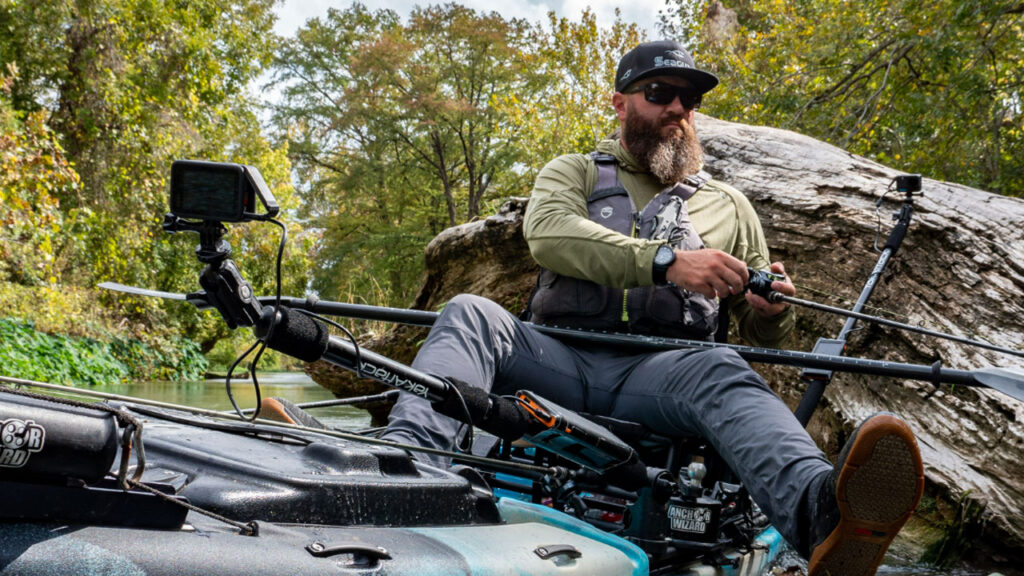
Comfort
They must be comfortable! Trying on different pairs to dial in the fit and feel is super important. The different styles are more than just different looks. They are typically designed to fit different head shapes and sizes. If your glasses do not fit properly it can lead to headaches and fatigue, which will lead to not wearing them and defeat the whole purpose. Finding a shop that carries multiple brands and styles can help you make the right decision.
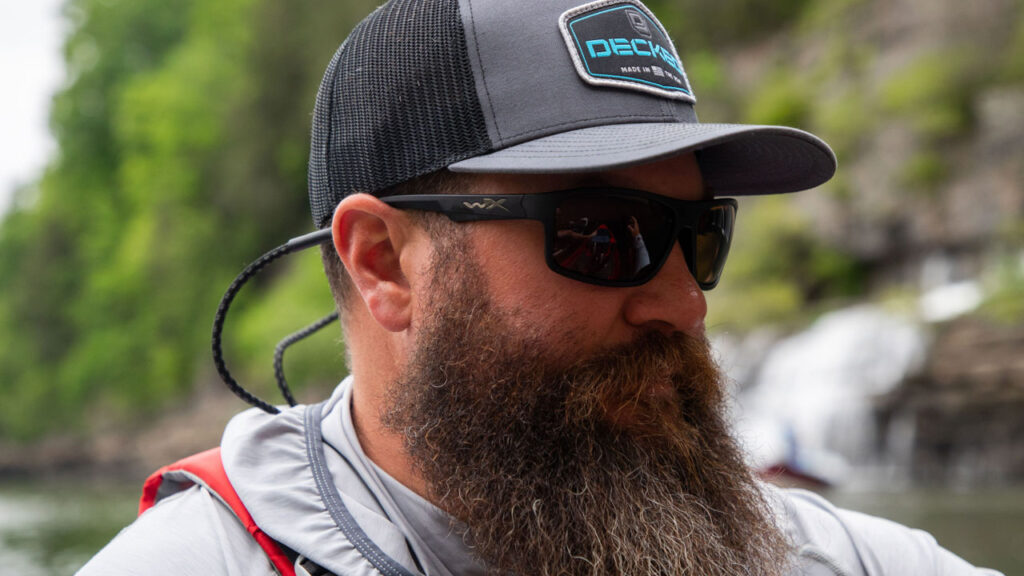
Coverage
By coverage I mean how much of your face is covered. It can be easy to get caught up in all the many awesome looking styles out there, and while they may have super high quality polarized lenses, they may not be ideal for spending a day on the water. I spend a lot of time sight fishing, and this comes into play even more when I am trying to see through the water. I prefer glasses that wrap around my head a bit. This gives me more coverage on the sides which helps prevent glare off the water from coming in.
The more sun I can block the better when it comes to seeing fish. This comes into play with a hat as well. The more I can shade my eyes, the easier it is to see the fishies! That being said, on those hot muggy days where the wind is dead, you want to have some space so the air can circulate. Otherwise, you end up with foggy glasses. It is a fine line for sure, but I look for glasses that wrap a bit and are not so tight to my face that they are touching the skin. This allows just a bit of air flow and still blocks the light.
Color
I am specifically talking about lens color here. This is probably one of the most overlooked attributes when it comes to choosing the right glasses for a day on the water. Let’s dive in a bit on why this is so important. Different lens colors also typically offer varying shades of darkness, meaning some will let more light in while others will block more.
Over the years I have noticed it goes a bit deeper than that though. The tint of the lens can play a big part especially when you need to see through the water. So how do you narrow that down? For me it all comes down to where and what type of water I am fishing. Weather conditions also play a role.
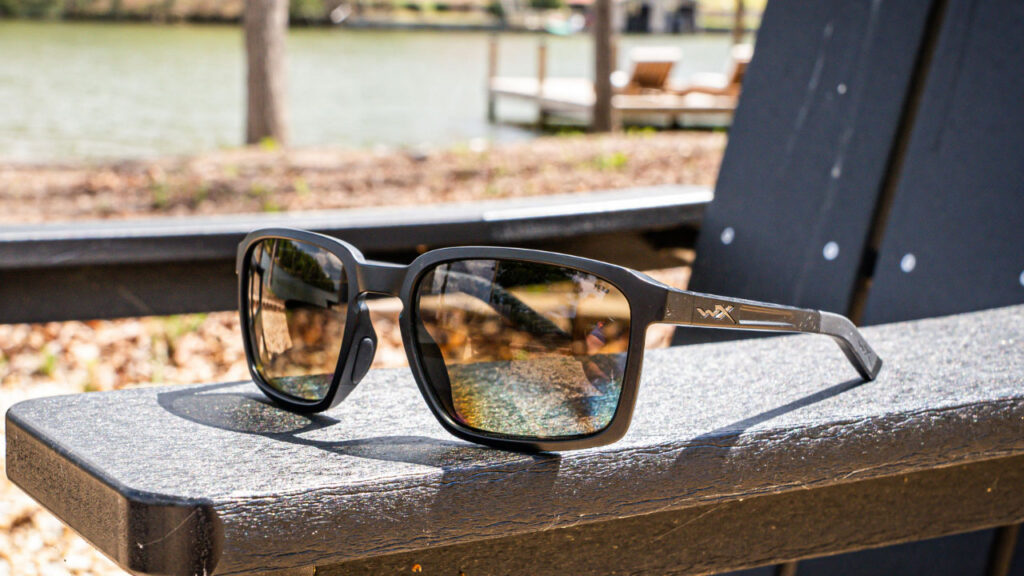
When I am fishing inshore in brackish water, I am typically sight fishing. This means I will want to wear my glasses even when it is low light and cloudy out. The idea is that the polarized lens will cut the glare and when it is cloudy, or the sun is low in the sky the glare is at an all time high. I usually lean toward a lens that has an amber or copper base in these conditions. It will let a bit more light in and brackish water tends to have more a of a copper or tannic color to it. The copper-based lenses seem to cut this much better.
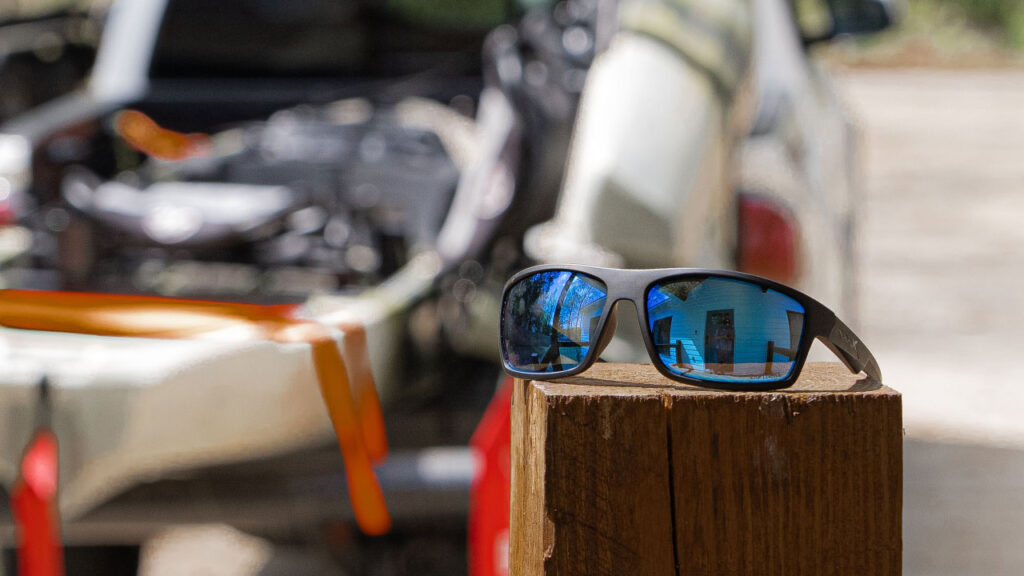
When I am fishing offshore in blue water or even in super bright sun conditions where the water is super clear and may even have a blue tent to it, I go with a blue mirror lens. Blue mirrored lenses usually have a darker grey base lens color, and this will block more light in those bright sunny conditions.
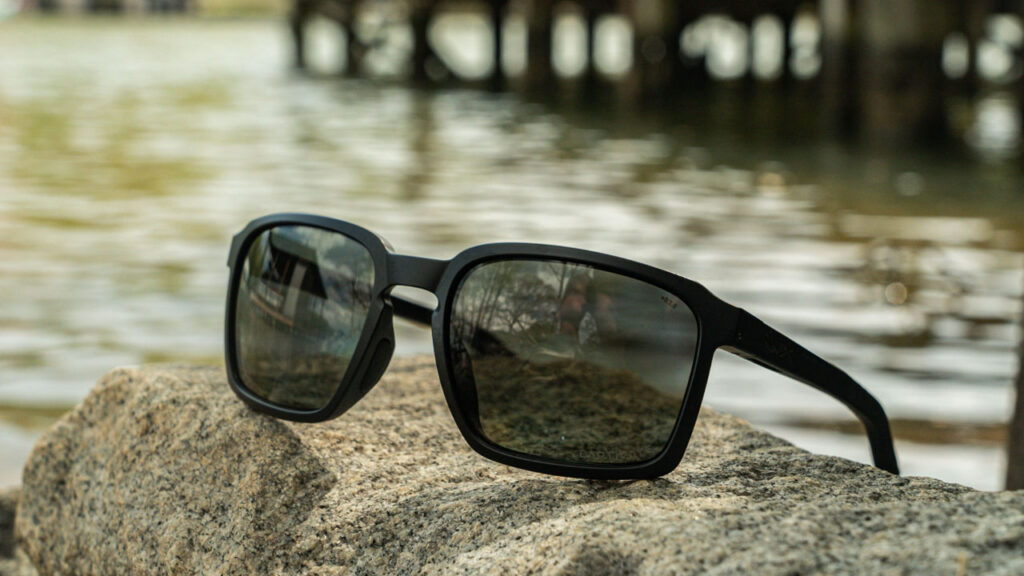
Lastly a green or grey based lens can come in handy in those freshwater lakes and rivers where the sun is bright, and the water has more of a green color to it. In a perfect world you would have all these available for changing conditions, but let’s face it, glasses are expensive.
So, if owning a few pair is not an option for you, I recommend thinking about where you fish the most and starting there. For me the copper or copper mirror lenses that have the amber base tend to be the most versatile. I can keep them on even when it is cloudy outside and they seem to work with the broadest amount of water types.
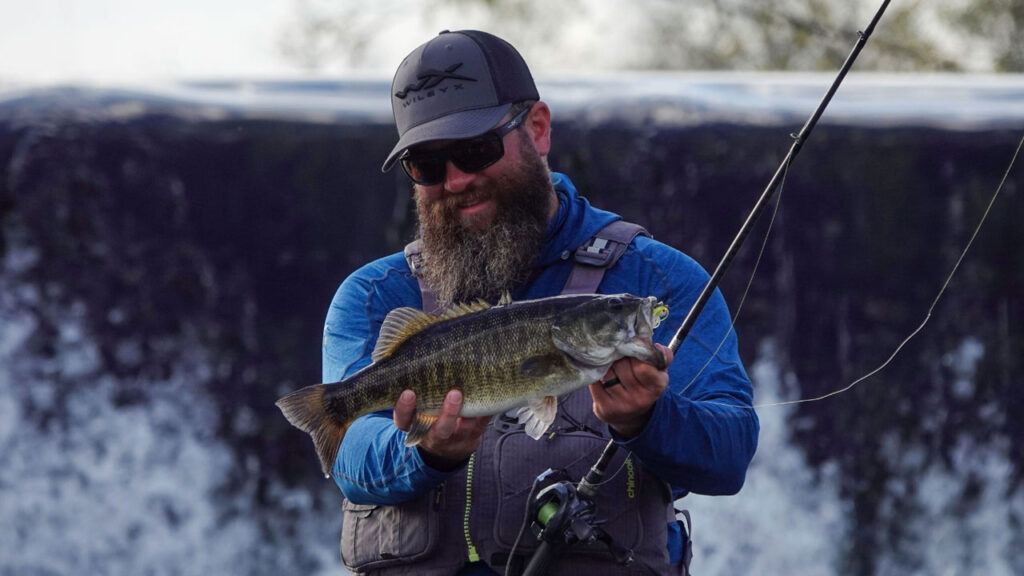
To quickly recap how to choose the right sunglasses for fishing, first and foremost they must be polarized. Second, find a reputable brand that not only makes a great pair of sunglasses but stands behind it.
Thirdly, make sure the best sunglasses for fishing are comfortable and fit properly. The Fourth thing is coverage. If they don’t block enough of the side light out that can reflect off the water, they may not do the job. And lastly lens color. This is just as important as the others. Copper is supper versatile, blue mirror is great for bright offshore conditions, and grey/green can be idle for water with a green tent. Think of your glasses as a tool that could be the difference in that next big catch!
Follow my Adventures and Subscribe
If you enjoyed this article and are hungry for more adventure fishing tips, tricks, reviews, and adventures? Head on over to the Road Trip Angler YouTube channel and feel free to sign up for our In4Adventure.com newsletter.

Sunglasses: Wiley X Peak, Wiley X Kingpin
Life vest: NRS Chinook PFD
Shirt: NRS Varial Hoodie



